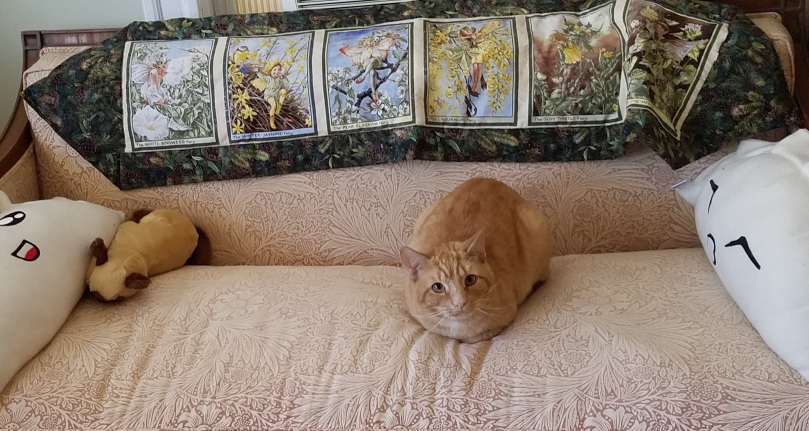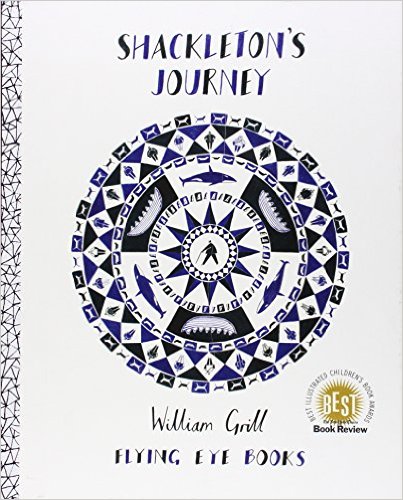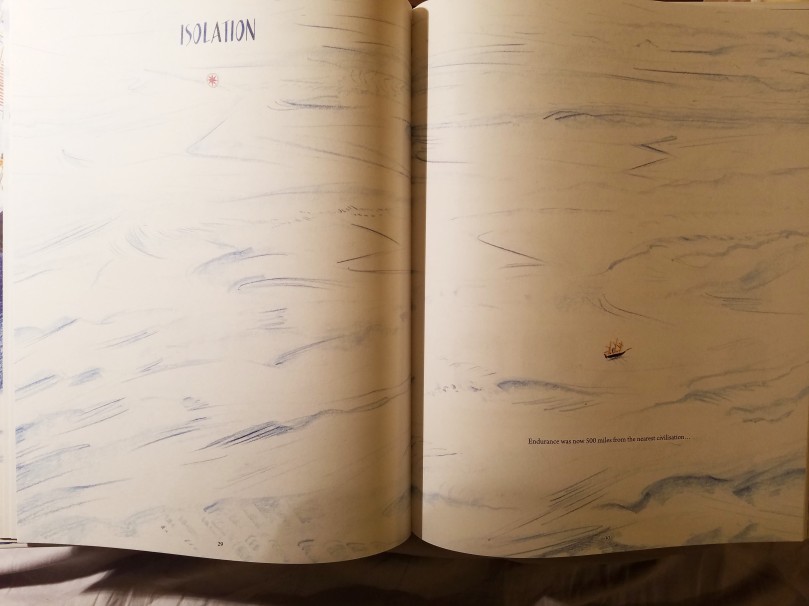Dear my readers, first of all I have to apologize for the lateness of today’s post. Suffice it to say that I had other preoccupations for the past few days: depression, dissertation, you know– the usual. Do you want a picture of my new cat in compensation? He’s finally sitting on the couch (sometimes) instead of always being underneath the couch. Well, he still mostly lives under it, but still, it’s awfully exciting to see him out and about sometimes!
It’s fun to see everyone’s reaction to the same event. My husband and I are quietly delighted: we tiptoe around Telemachos attempting not to disturb his timid repose. The Changeling, by contrast, can hardly contain her delight. She alternately continues to do her own little things without really focusing on Telos and spends her time piling up her toys around him in a little shrine to playfulness. (The toy cat to Telemachos’ right on the couch is also named Telemachos, incidentally.) Regardless of our individual reactions, we all have one great joy: it’s really something special to see a shy, scared cat come around through slow, patient socialization to be a more relaxed, happier cat. There’s nothing quite like it for teaching the rewards of patience.
Why do I think of all of this today? Well, today’s book is about endurance– or perhaps about Endurance, Shackleton’s ship. I want to tell you about the book which has reignited me with certain aspirations: patience, courage, and endurance. These are all qualities which Shackleton and his men exemplified to the fullest, and which today’s book conveys so well as to make it positively inspirational. Or, at least, I’ve found it so. The book is Shackleton’s Journey, by William Grill.

It’s an extraordinary book. And because of that I want to confess one thing right up front: the nautical detail, precision of the narrative, and stirring courage which comes through this book was so brilliant that it almost– almost– sent me straight back to reread all of my Patrick O’Brian books. Then I took a deep breath, sat down, let the giddiness pass, and reminded myself that I have a dissertation to write. Obsessively reading the Aubrey/Maturin series is a full-time job in itself, and one I can’t undertake right now. (Dear Supervisor: I promise that I won’t open a Patrick O’Brian book until I finish my dissertation. I will be as strong and steady of purpose as Shackleton and his men.) But for those of you who don’t have a dissertation to write, be warned: this book might well send you into a crazy vortex of reading everything you can about seafaring voyages of discovery. What I’m saying is that this material is freaking addictive, so be careful, OK?
There are two elements to this book which we need to consider simultaneously, as we have many times before now: one is the art and the other is the text. In this case, they work together to convey the narrative, and one really can’t be mentioned without the other. Much of the spirit of the book– the sense of danger, the constant work and enduring cheerfulness of the men under dire conditions– comes through fully only if you take text and image together. In short, the book isn’t only beautiful, it’s a complete and perfectly balanced object.
Let’s start with the actual story: the story of Ernest Shackleton who intended to lead an expedition across Antarctica, lost his ship, Endurance, to the crushing ice, led his men from ice floe to ice floe, and ultimately got them to solid ground. When he had once got them there, he split the crew, managed to get his own part of the crew to a whaling station where he was given the equipment necessary to rescue his men. Meanwhile, his remaining crew, back where he’d left them, consistently believed in him. I italicize that to remind you that these were men left in the Antarctic, on ice, with only their life boats and dwindling provisions and frostbite to sustain them. And they never lost hope, which was the only thing keeping them together out there, that their leader would come back for them. And he did. He made it back, and saved them. All of them. He didn’t lose one single member of his crew. (Except for all the dogs. If you’re an animal person, like me, then that will make you feel like crying. There were a lot of dogs, and they all died, after serving the ship’s crew nobly out there.)
How did they survive? Endurance, William Grill tells us. They had courage and spirit, absolutely. They also had endurance, both the ship and the quality. Whatever was thrown at them, they endured. Limited rations? Endurance. Losing their beloved– and useful– dogs? Endurance. Losing their actual, real, honest-t0-God ship? They simply exemplified its chief quality: Endurance.
This is the story William Grill tells us, and he tells it as well in his beautiful, muted images as he does in words. By way of example, take a look at this (excuse the poor image quality– I had terrible lighting):

Anyone could say, “The ship was terribly isolated– 500 miles from the nearest civilization.” William Grill devotes a two-page spread to conveying true isolation. The utter simplicity of the blue and white swirls of ice, snow, and sea, with the tiny, almost toy-like ship stranded there, conveys far more than the words alone could do.
As I said above, it’s an inspirational book. Like anything truly inspirational, that means it takes you through some tough territory. Expect to gasp a few times while reading it. Expect to get a little too emotionally invested in the dogs and want to cry when the last ones are shot (maybe that’s just me). This is definitely not a toddler book, I can tell you. It’s more like Peter Sís’s books in level– probably early grade school, I’d say. A clever kindergartener might be able to handle it. But I think it’s easily as much for the parents as for the child; read it together, and then have a good long discussion about honour, courage, hope, and endurance. You’ll both be the better for it.

What a powerful review! You have convinced me to read this book. I would like to suggest a book about the Arctic that pairs perfectly with it: James Houston’s Akavak. It tells an almost epic story about an Inuit man who takes a perilous journey at the end of his life, accompanied by his grandson, to see his brother before he dies. This, too, is a tale of endurance.
LikeLike
[…] Shackleton’s Journey: What’s more transitional than an actual journey? This book, in documenting the journey Shackleton took across Antarctica, also documents the characteristics necessary to make it through a journey, or transition, of any magnitude: patience, courage, and endurance. It’s not just a painstakingly careful and beautiful documentation of Shackleton’s heroic and honourable exploration of the Antarctic, although it is that; it’s also a strong and beautiful account of the qualities that go to make Shackleton a hero– his honesty and courage and patience. It focuses quite as much on the courage and patience of the men as of their leader, and is altogether an excellent manual of how to endure tough journeys– and transitions! […]
LikeLike
[…] name of Sir Ernest Shackleton and his ship Endurance. We’ve talked about Shackleton before: Shackleton’s Journey. Well, in this book, the young protagonist (our Captain) has a presentation to give on Ernest […]
LikeLike
[…] as much a story of endurance as Shackleton’s Journey and as much a story of courage as Truman and over and above all of that, it’s about a […]
LikeLike